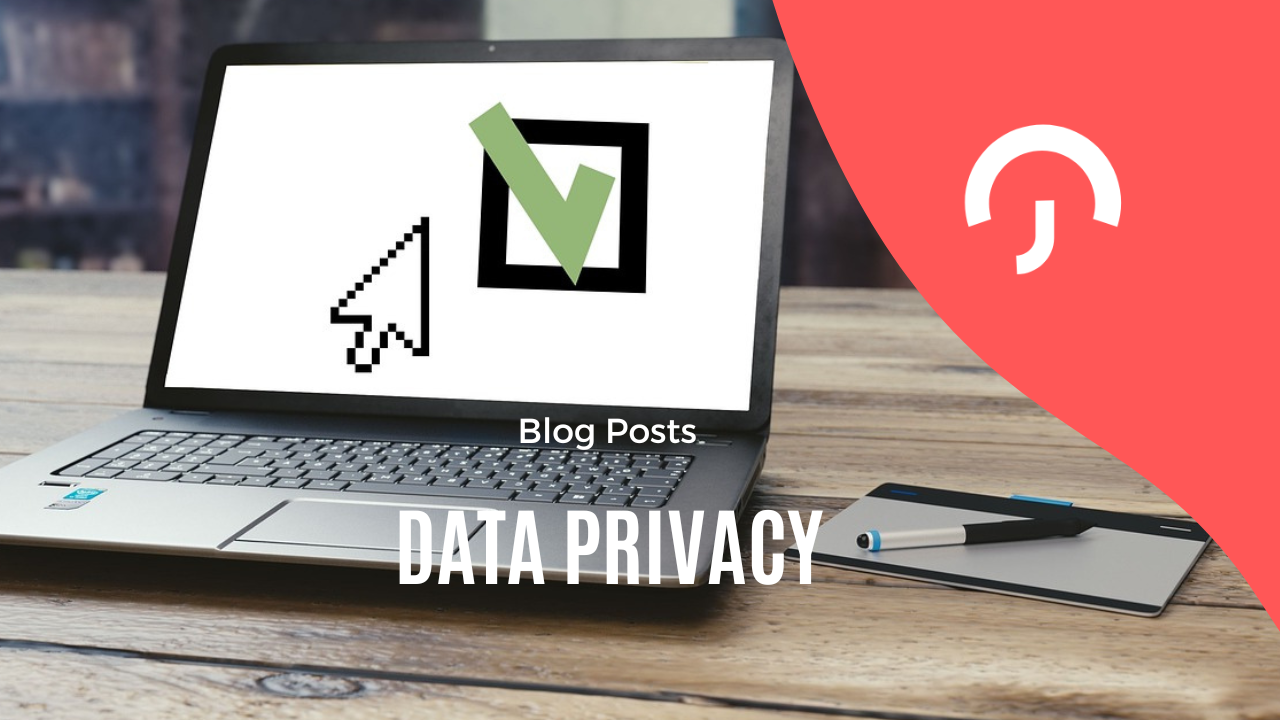Table of Contents
TogglePrivacy as a people-first signal
As much as new hires are out to set a good impression within their first few days at their new job, they’re also gaining an impression of your company and its values. Showing these people that you take their privacy seriously and protect their sensitive information will help instill confidence and trust in them.
If you fail to prove that your company is able to protect its employees from data breaches, there is likely to be a much higher turnover rate and lower job satisfaction in your team.
With remote and hybrid work becoming more prevalent, employees are now also trusting companies with more data than ever before. There’s a lot of personal data involved from day one. So what exactly are you collecting during onboarding, and how can you handle it with care?
Data collected during onboarding and in HR processes
There’s often more data to be collected during the onboarding process than anyone realizes; and that includes the new hires and HR. Within their first few days at your company, you should have received the following information from employees:
- Identity documents and personal details
- Banking and tax information
- Emergency contacts and next of kin information
- Health and medical needs
- Previous employment records and other resume information
Much of this data is necessary in order to keep accurate records of your employees, but how you collect the information can determine whether your company has a privacy-first culture or not.
How employees consent to data collection
When faced with the choice of opt in vs opt out, most employees prefer to opt in. This means that they’re not automatically assumed to be giving consent, and they can make an informed decision about the data they are sharing. It also helps build trust when there is no fine print to zoom in on before they understand where their data is being used.
If you are using opt-out instead, all employees should have a clear understanding of what data is being collected by default, and exactly how they can decline this. Opt-out can feel like a sneaky option, and leaves your business open to compliance risks, so make sure you’re giving new hires all the information they need in order to feel in control of their data privacy.
Making data privacy part of your onboarding strategy
A privacy-first onboarding system doesn’t have to be overly complicated. There are a number of tools and processes that your HR department can use to ensure employee data is protected but collected and kept accurately.
Use privacy-conscious tools
- Day Off allows you to digitally manage time off and leave days across your company, while limiting and minimizing data collection as well as offering secure logins and a GDPR-friendly privacy policy.
- Agendrix’s time and attendance software has data encryption and secure cloud infrastructure to keep track of employee working hours without risking any data breaches.
- Breezy HR is a user-friendly recruitment platform that offers GDPR-compliant workflows, encrypted document storage, and customizable access controls to safeguard candidate data throughout the hiring process.
Audit your tools and processes
Make it a habit to analyze and maintain your digital tools and processes regularly to ensure that they’re not outdated. Privacy regulations and regional laws are constantly changing and being updated to keep up with technology and new threats – so your tools should be able to keep up too.
Part of your audit could include feedback sessions from recently-onboarded employees. Asking them how they found the process and if anything seemed amiss can help you find vulnerabilities that you’d need a fresh eye to pick up on.
Educate your employees
Data protection works best when everyone is involved so there should be a good understanding from employees of what their responsibilities are in regards to this, as well as the best practices for handling sensitive data.
For onboarding and ongoing training, use eLearning authoring tools to create engaging training materials such as interactive modules, scenario-based quizzes, explainer videos, and microlearning courses. This way, you can easily teach complex privacy concepts and build a privacy-first mindset throughout your team.

Risks of overlooking data privacy when onboarding
As mentioned briefly above, failing to prioritize data privacy in your onboarding process can have horrible consequences for your company.
As an example, in 2023, major UK BPO company, Capita, experienced a data breach that affected millions of people including UK pensioners and employees of Capita. Not only did this leave these people vulnerable to identity theft and other fraud, but the company reported a pre-tax loss of £106.6 million that year.
Besides offering peace of mind to your employees – and, in turn, creating a safe space where people want to work for many years – there are other risks you’ll want to avoid by making sure you prioritize data privacy.
Data breaches
One of the most obvious risks of not securing your employee data is a breach. When handling all of the sensitive data during onboarding, this risk is especially high. If the data is mishandled or not stored properly, you leave it vulnerable to theft, hacking, or accidental exposure.
Human error can also lead to a breach. An employee may accidentally send an email containing sensitive information or upload documents to an unsecured server. Without strict access controls and encrypted communication channels, your company is at risk.
Legal consequences
Reputation damage
Many companies can survive paying lawyers and fines, but how many can survive their reputation being damaged due to a privacy violation? It can be incredibly difficult to fix broken trust from employees and customers once it’s broken.
Even a single privacy incident can lead to a loss of business opportunities, declining customer loyalty, and negative media coverage. Often this kind of image can linger for months, sometimes even years.
Complex processes
A lack of structured procedures for handling personal information from the start can lead to chaos and delays within your HR department. When you understand data protection, you can collect personal details and documentation in an organized way.
On the other hand, leaving data protection out of your process could lead to mistakes like incomplete records or improperly stored sensitive information. This can create a domino effect, making storing employee records, tracking compliance, and processing new hires harder and more challenging.

Strong HR starts with prioritizing people and privacy
Building a trusted, ethical, and efficient workplace should begin the moment a new employee clocks in for their first day. Making data privacy a priority in your organization helps to avoid legal trouble and stay compliant with laws and regulations.
It also creates a safe space for employees and shows them that their identity and security matter. If you haven’t done so yet, embedding privacy into your onboarding will make everyone’s jobs easier and more pleasant.
Want to assess how privacy-ready your onboarding process is? Start by reviewing your current forms, tools, and data consent flow, or speak with your compliance team to identify risks you might have missed.
